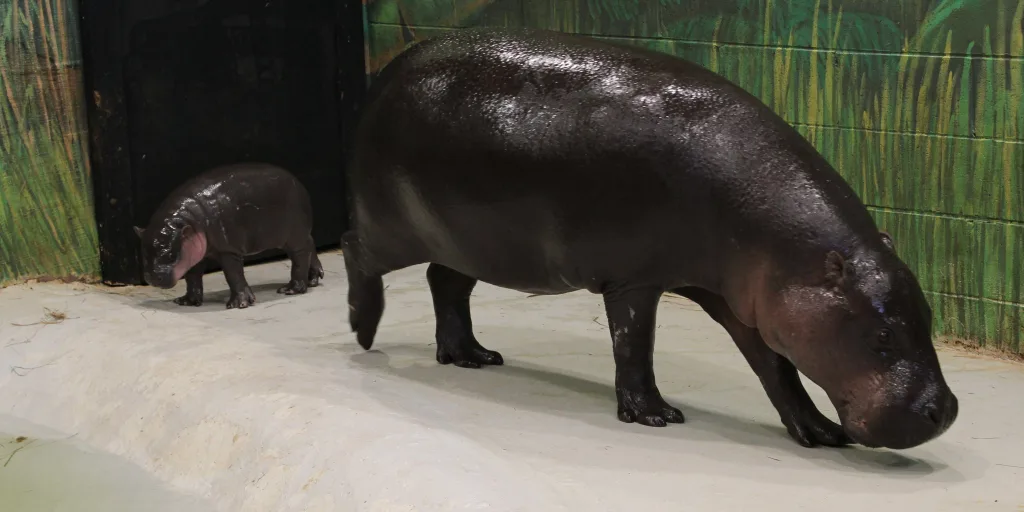
dr-sky-1920X1080-v2
Back nearly a year ago, NASA launched a very unique spacecraft to the planet Jupiter!
This 3,400 pound high tech craft is known as LUCY. LUCY is named after the discovery of a partial skeleton of a primitive human unearthed back in Ethiopia in 1974.
The naming of the remains was tied to the Beatles song…”Lucy In The Sky With Diamonds”.
Spacecraft LUCY is on a 12 year mission to explore the strange asteroids which populate on either side of Jupiter’s orbit in the Lagrange positions. This is a cluster of asteroids which were formed during the early creation of the solar system.
Here is what the LUCY spacecraft looks like:
Powered by two large solar panels the 12 year LUC mission is set to learn more about these fossil like asteroids from the early stages of the solar system’s creation.
Getting to Jupiter will be accomplished in a series of Earth fly by maneuvers, using the technology of gravity assist!
One of those amazing flyby maneuvers was accomplished just this past week. LUCY passed the Earth on purpose by only 219 miles above the surface that is some 35 mikes below the orbit of the International Space Station.
Now, that is a close encounter!
Observers in Australia were lucky enough to actually view LUCY in the nigh sky as it zipped passed the Earth.
Here are the details of that close encounter:
https://spaceweatherarchive.com/2022/10/15/lucys-super-close-flyby-on-earth/
LUCY will perform a few additional gravity assist maneuvers with Earth in the next few years, but the main mission is to visit at least 8 of the Trojan asteroids. Just what are the Trojan asteroids which LUCY is looking to spy on? Here are the details of what Trojan asteroids are:
https://en.wikipedia.org/wiki/Jupiter_trojan
Jupiter has thousands of the Trojan asteroids on either side at the L4 and L5 Lagrange points. These are some 60 degrees ahead and behind the orbital position of the main planet Jupiter.
The James Webb Telescope was placed in a Lagrange position so that it could do the best science, away from the light of the Sun and satellites around the Earth. Here is an image of the main Trojans which LUCY will attempt to visit on its 12 year mission:
https://cdn.mos.cms.futurecdn.net/snsKcymup7nzFN4YcB8wWe-970-80.jpg.webp
Follow this You Tube video on additional details on the LUCY asteroid mission:
https://www.youtube.com/watch?v=zbwSSdtWUNE
The discovery of asteroids in the solar system is a great story. The first discovery of an asteroid was made back on January 1st 1801 by the Italian astronomer Giuseppe Piazzi, when he spied on the 600 mile in diameter ( Dwarf Planet), Ceres. Ceres is a most interesting object, located in the gap between Mars and Jupiter.. the known asteroid belt.
Here are the details of the dwarf planet Ceres:
https://en.wikipedia.org/wiki/Ceres_(dwarf_planet)
There are probably billions of asteroids in our solar system alone!
To learn more about the specifics of the LUCY mission and the next major event on the mission:
https://solarsystem.nasa.gov/missions/lucy/in-depth/
In case you are curious as to what missions are coming in the near future with robotic spacecraft:
https://nssdc.gsfc.nasa.gov/planetary/upcoming.html
Clear skies!
To print your own monthly star chart, click here.
To view satellites/dates/times of passage, click here.
E mail Dr.Sky at: drskyshow@gmail.com














